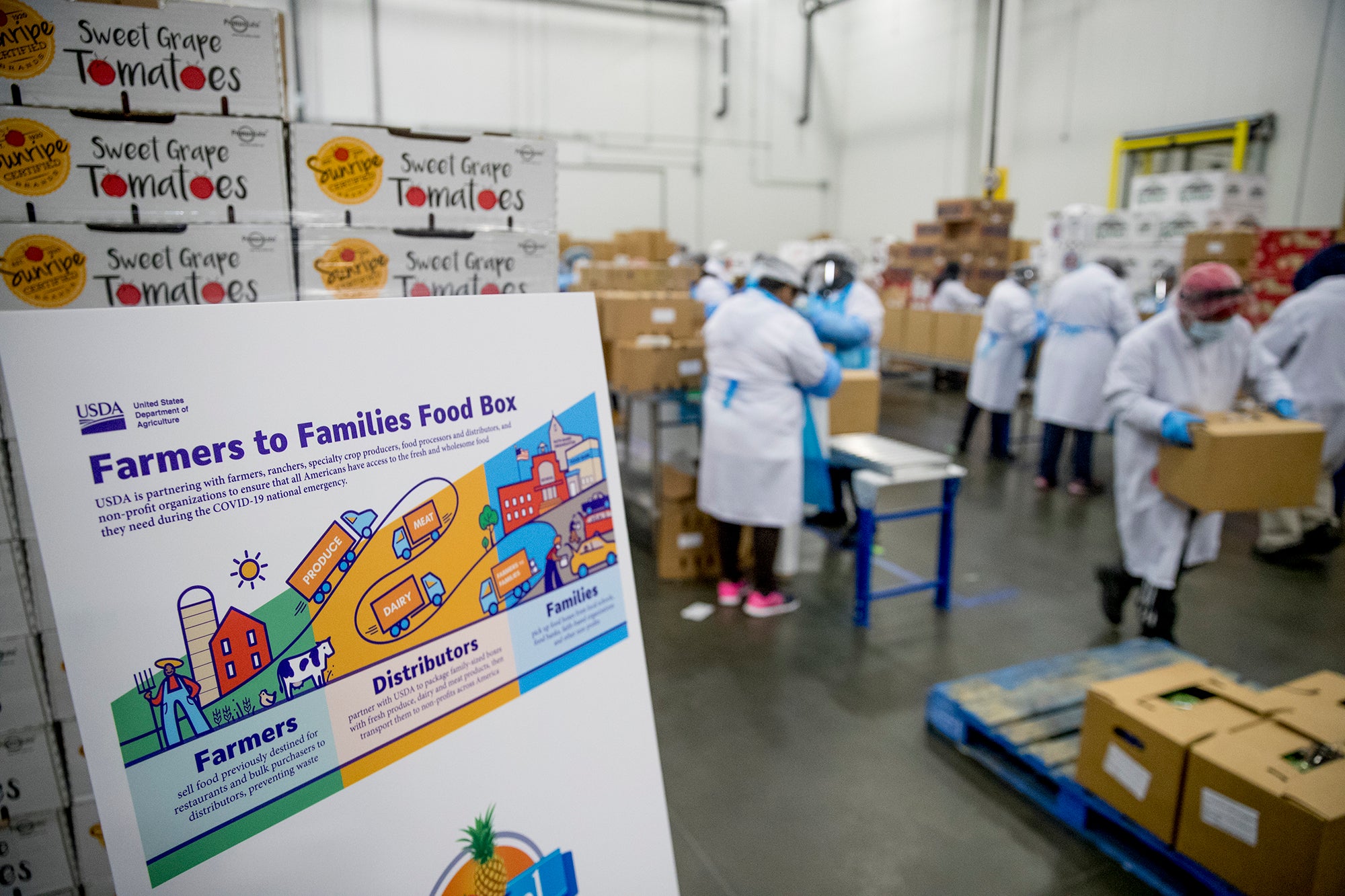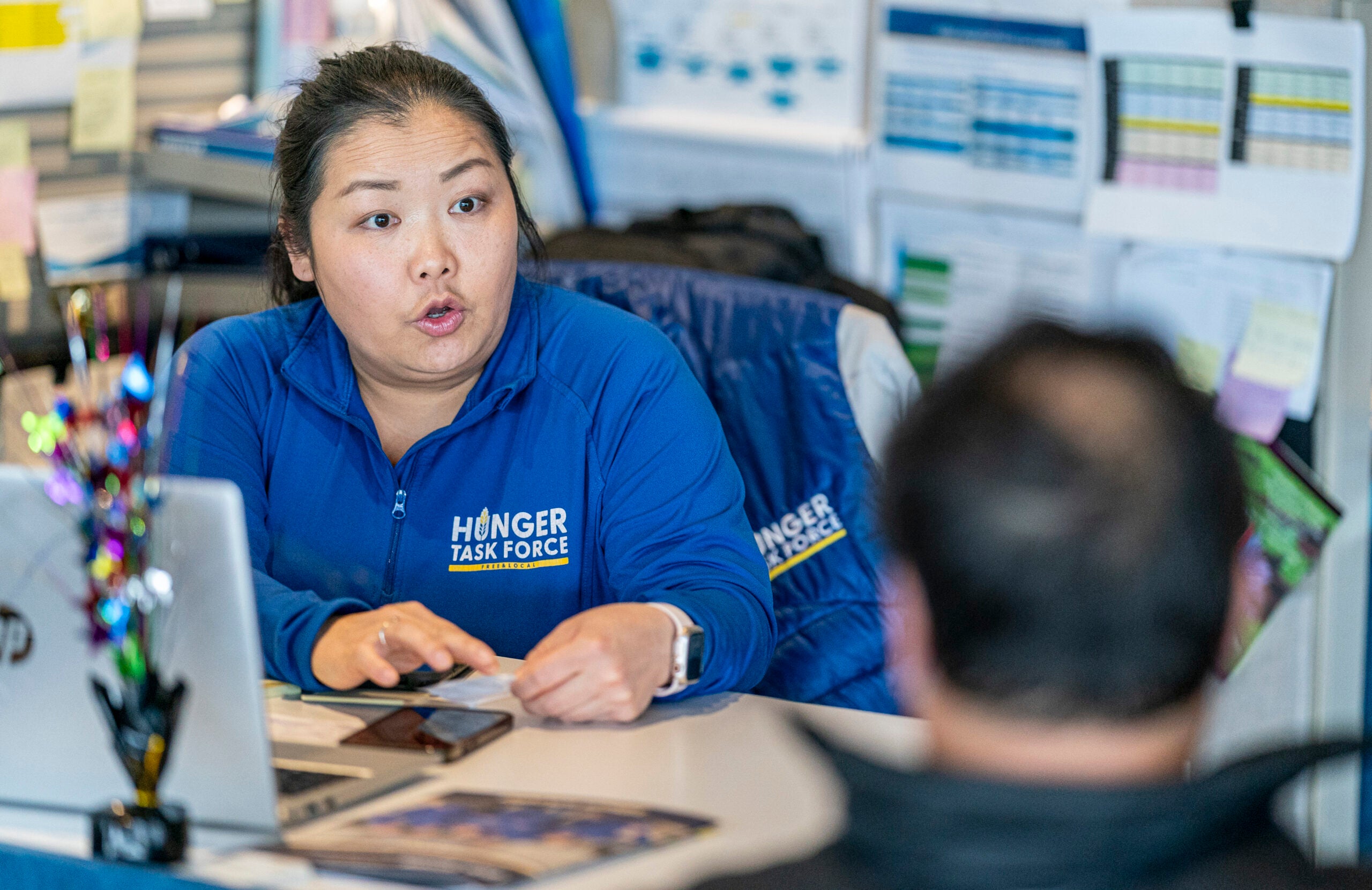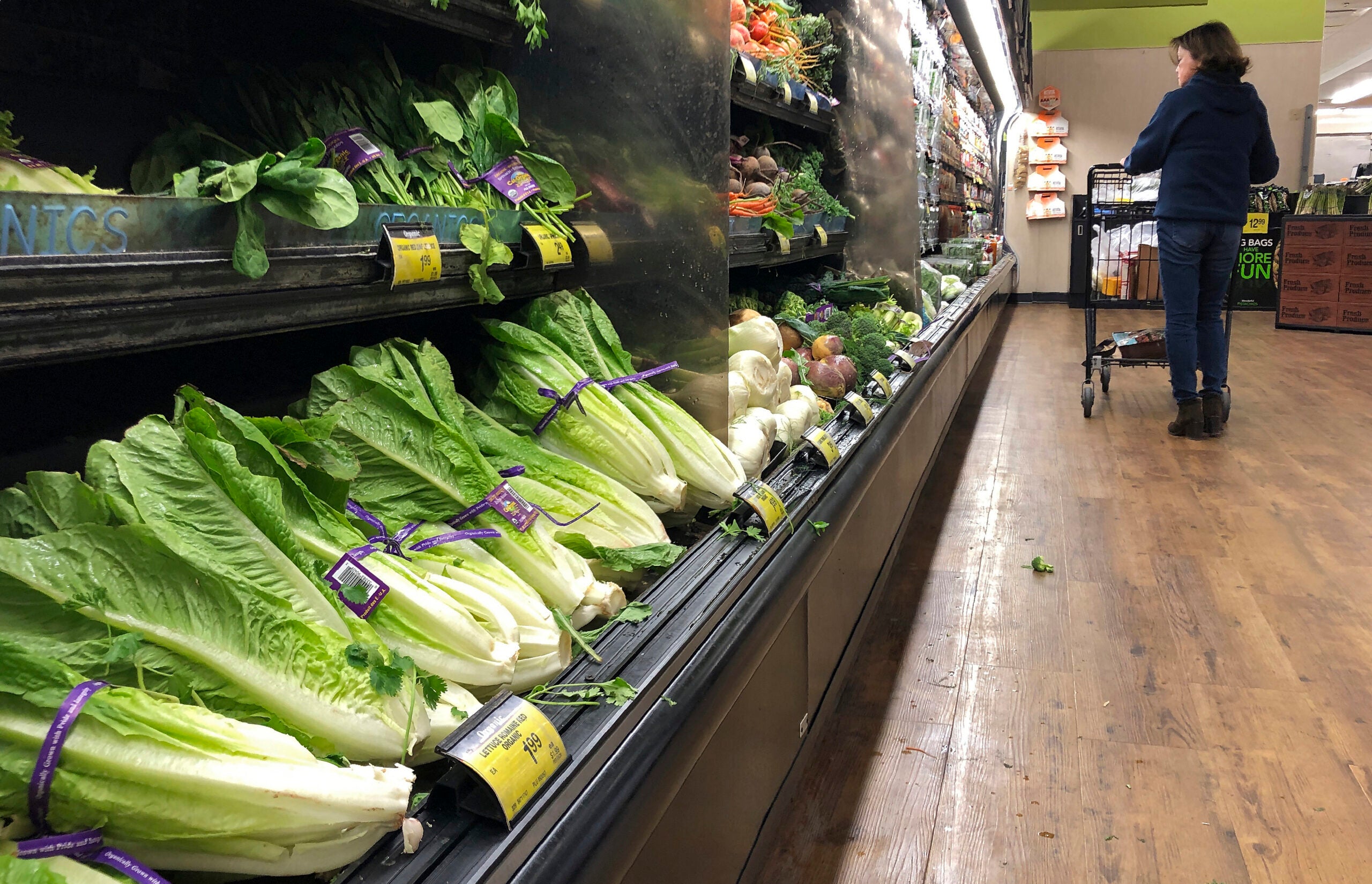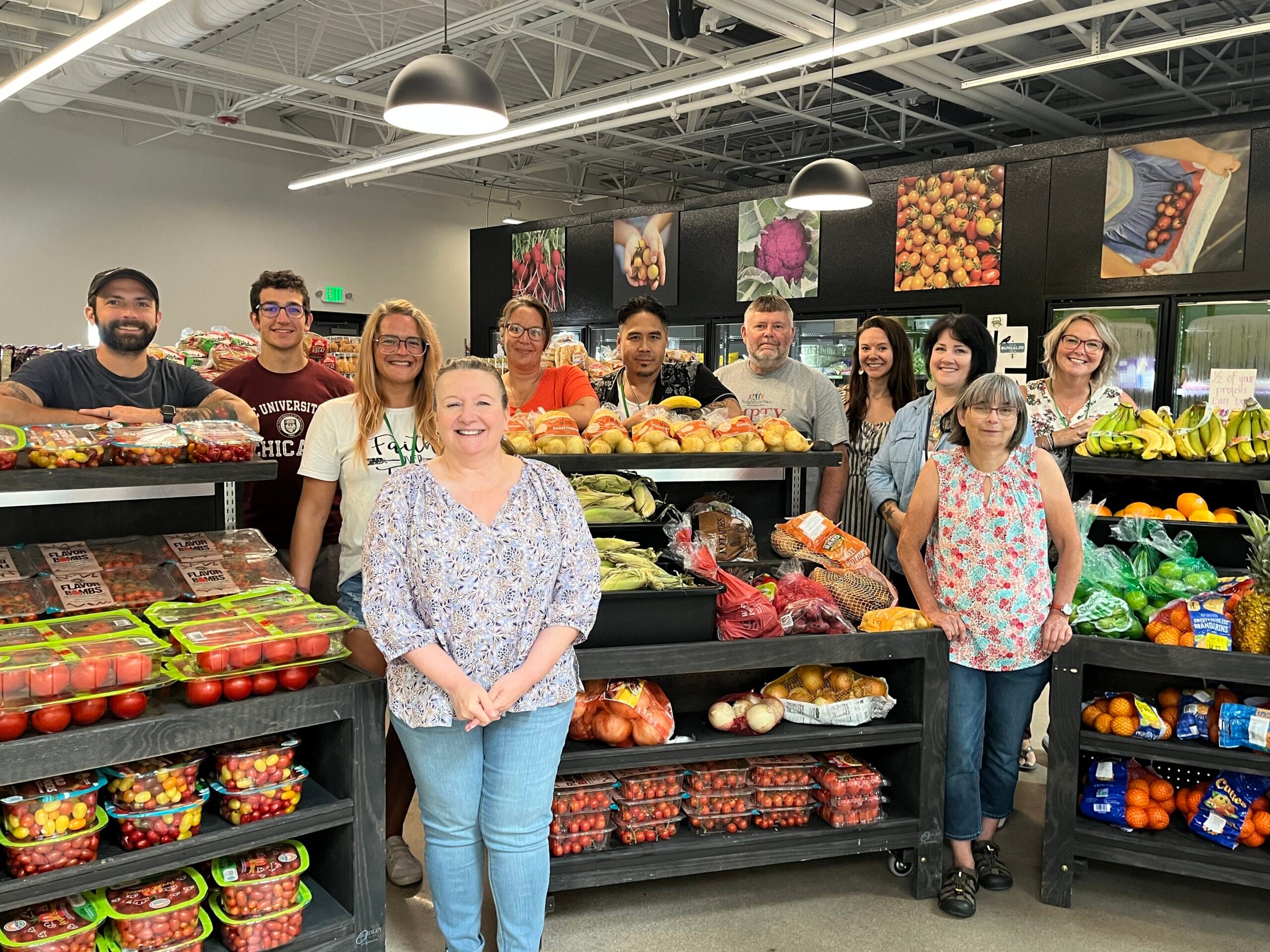Wisconsin food bank leaders say the continuation of a federal food program is a pleasant surprise as communities continue to see increased need for food assistance related to the pandemic.
The U.S. Department of Agriculture announced last week that another round of funding for the Farmers to Families Food Box program would be available this month.
Created last spring as part of the agency’s response to COVID-19, the program contracts local and regional food manufacturers to pack boxes of food that are distributed for free to people in need. The USDA allocated more than $4 billion to the program in 2020 and has set aside another $1.5 billion for the latest round of contracts, which it expects to announce later in January.
Stay informed on the latest news
Sign up for WPR’s email newsletter.
Patti Habeck, president and CEO of Feeding America Eastern Wisconsin, said her organization helped distribute almost 500,000 of the food boxes in eastern Wisconsin last year. And she said the extra food was needed, given the 40 percent increase in the number of people her organization is serving.
“That number is expected to stay or even fluctuate upwards just a little bit in the coming months, just depending on how things play out,” Habeck said. “Having assistance from the USDA in the form of this healthy food has been very meaningful because it means we had a trusted source of food that we were able to utilize to meet the increased demand.”
Habeck said she was happy to see the USDA move forward with additional funding this year.
But she said the food box program hasn’t been the easiest for food banks and other hunger relief organizations that provide what she calls “the last mile” of distribution — getting the boxes to individuals and families in different communities.
Habeck said all of the USDA funds for the program go to the food manufacturers, so organizations like hers have to cover distribution costs through other funding sources.
“The program itself had a lot of unknowns, right down to within 24 hours of when we were supposed to be distributing, there were still questions that we were working out. So (it’s been) a little bit bulky, but ultimately we’re very, very grateful that there was this food available to help,” Habeck said.
Shelly Fortner, executive director of the Hunger Task Force of La Crosse, said her organization also faced added costs when distributing 20,000 of the food boxes last year in La Crosse, Monroe and Vernon counties.
She said they also saw quality problems at times, like the cardboard boxes not being strong enough for the amount of food in each package.
“Sometimes the food inside was not completely up to par with what we like to think of as healthy good food for people. But we do what we can with what we have,” Fortner said. “We added some healthy foods to those boxes as people came through the drive-up distributions and we were able to make it work. But again it takes time and it takes staff to do that.”
The program also came under fire last September when the USDA required manufacturers to include a letter from President Donald Trump in the boxes, a move Democrats claimed was illegally politicizing the program ahead of the presidential election.
Like Habeck, Fortner said she was pleasantly surprised to see another round of funding for the program and she’s hopeful the incoming Biden administration will create their own initiatives to address the increased need for food assistance.
She said one of the biggest challenges for her organization continues to be a lack of volunteer help.
“We have seen a decrease in volunteers for almost a year and that really hurts nonprofits like us because we rely heavily on volunteers to help distribute food and pick up food and generally operate,” Fortner said.
She said her organization has developed protocols to keep volunteers and staff safe at their warehouse. But regular volunteers have been slow to return to helping out.
Habeck said her organization is also concerned with making sure food pantries and shelters have enough volunteers to continue operating in the coming months, especially as hunger relief organizations see what she believes will be “a lagging recovery” from the coronavirus pandemic.
“We know it’s going to take a long time for those who are in the hunger relief system to feel that recovery,” Habeck said. “So we’re looking at long-term supports and sustainable sourcing of food. We’re really in this for the long haul, even if other parts of the community start to feel the benefits of coming out of the other side of the pandemic.”
Habeck said her organization is also advocating for hunger relief workers to be considered essential workers as the state continues to outline when groups will be able to receive the COVID-19 vaccine.
Wisconsin Public Radio, © Copyright 2024, Board of Regents of the University of Wisconsin System and Wisconsin Educational Communications Board.




